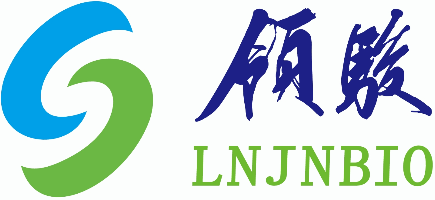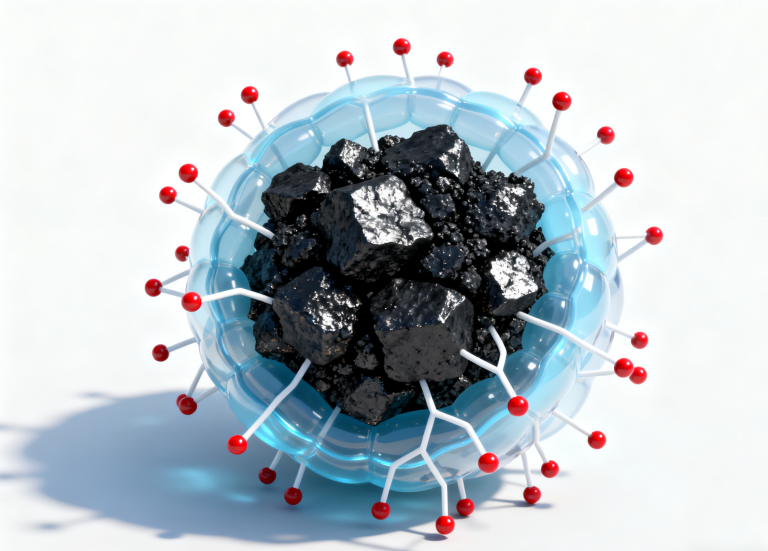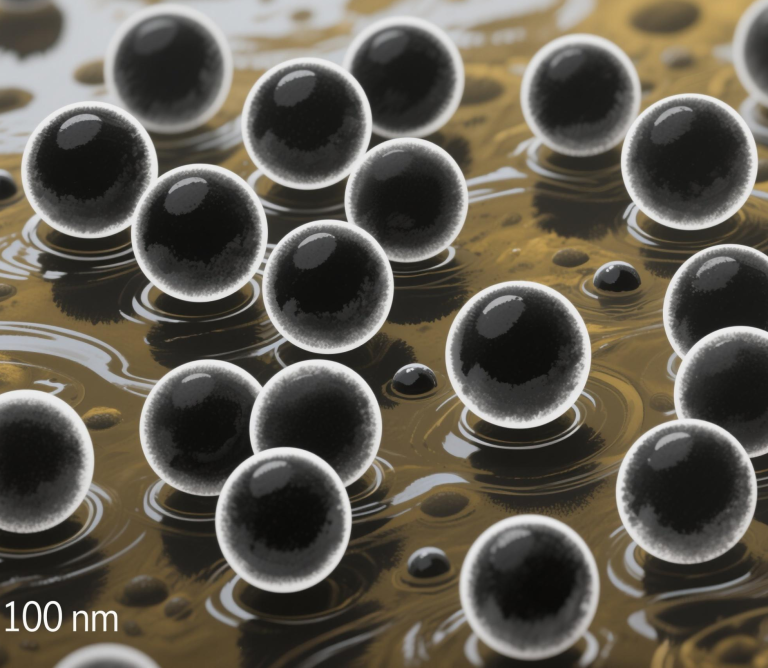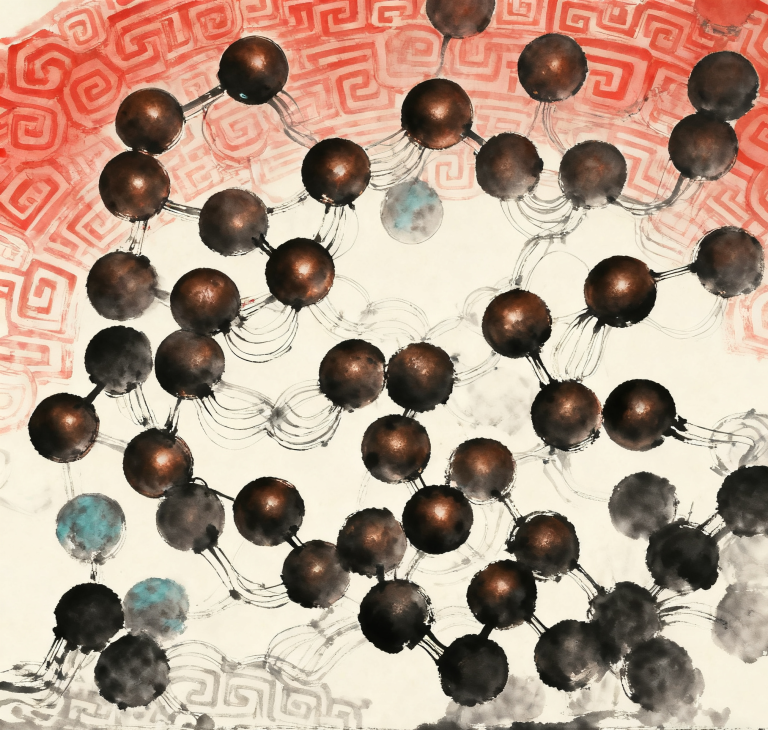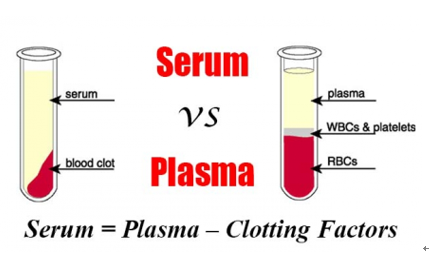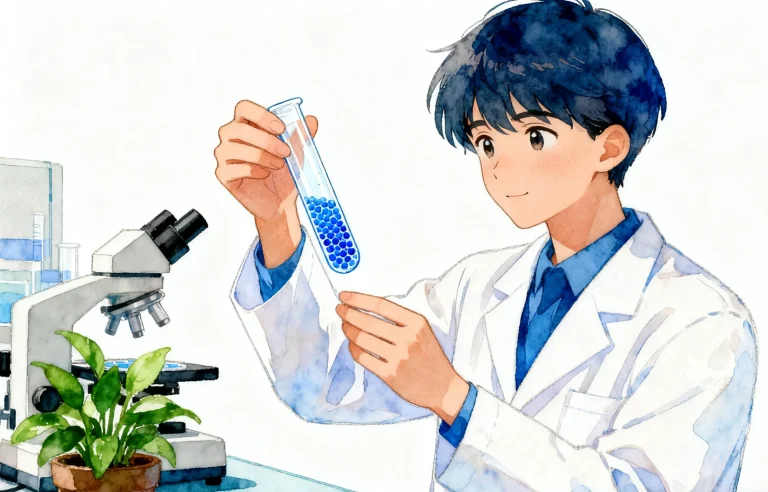Professional Manufacturer of Biomagnetic Beads

Comprehensive 30-Year Forecast for Magnetic Bead Nucleic Acid Extraction Technology(2025-2055)
I. Current Market Status & Technological Foundation
Magnetic bead nucleic acid extraction technology has become central to molecular diagnostics and life science research due to its efficiency, automation compatibility, and high-purity yields. In 2024, the global market reached $1.13–2.04 billion, with China’s domestic market at ¥2.15–2.16 billion and a 5-year CAGR exceeding 25%. The technology uses surface-modified magnetic beads (e.g., silica, carboxyl groups) to bind nucleic acids, enabling rapid purification via magnetic separation. It achieves >30% higher recovery than traditional centrifugation and supports high-throughput 96/384-well processing.
Competitive Landscape: “Global dominance + local emergence”
Multinational Giants: Thermo Fisher (MagJET), Roche, Beckman (AMPure XP) hold 55% global share, prized for stability and adaptability.
Chinese Players: TIANGEN, Zhuhai Bio-R, Shanghai LNJNBio leverage 30–50% cost advantages and customized services, raising localization rates from 20% (2020) to 35% (2024).
Primary Applications (Clinical diagnostics: 60%):
Infectious disease testing (COVID-19, HPV)
Liquid biopsy for oncology
Prenatal screening (NIPT)
Research (NGS library prep, single-cell sequencing)
II. Three-Phase Development Forecast
Near-Term (2025–2035): Automation & Precision-Driven Growth
Market Size: Global CAGR 9.5%; $3.5B by 2030, >$6B by 2035. China (driven by “14th Five-Year Plan” biotech policies) leads growth, exceeding ¥8B by 2030.
Tech Advances:
Full automation: Systems (e.g., NEST) cut extraction time to 3–5 min; market share ↑70%.
Bead innovation: Metal-organic framework (MOF)-coated beads (Wu Lidong team) boost adsorption efficiency by 30%, enabling pathogen detection at 0.1% mutation frequency.
NGS demand: High-end kits (e.g., AMPure XP) grow at 22% CAGR.
Regional Growth: Asia-Pacific (12% CAGR); China’s central/western healthcare expansion; Southeast Asian exports surge.
Mid-Term (2035–2045): Multi-Scene Penetration & Tech Convergence
Market Size: Steady growth (6–7% CAGR); $10B by 2040. Home/point-of-care devices claim 25% share.
Tech Breakthroughs:
Microfluidics integration: Handheld “sample-to-result” devices reduce POCT cost to $5/test.
AI-optimized workflows: Machine learning adjusts lysis/elution parameters for complex samples (saliva, wastewater), achieving 99.9% purity.
Multifunctional nanobeads: Simultaneous DNA/RNA/protein extraction for single-cell multi-omics.
Emerging Demand:
Environmental/food safety monitoring (e.g., waterborne pathogen screening).
Synthetic biology: Industrial-scale plasmid extraction kits.
Long-Term (2045–2055): Biomanufacturing & Space Medicine Reshape Ecosystem
Market Size: >$20B globally; extraterrestrial R&D/deep-space healthcare contribute 15%.
Tech Revolution:
On-site bead synthesis: Lunar/Mars base production leveraging microgravity uniformity.
Quantum magnetic separation: Nanosecond nucleic acid capture for real-time brain-computer interface gene regulation.
CRISPR-integrated beads: Targeted enrichment of rare mutations for early-stage cancer detection.
Industry Shift: “Beads-as-a-Service” (BaaS) models with cloud-controlled global extraction networks.
III. Key Opportunities & Challenges
Opportunities
Policy Support: China’s “Bioeconomy Initiative” to raise supply-chain localization >80% by 2030.
Tech Synergy: Brain science programs and interplanetary missions drive extreme-environment beads (e.g., radiation-resistant coatings for Mars samples).
Emerging Markets: Africa’s infectious disease control to fuel 20% CAGR for portable kits.
Challenges
Tech Bottlenecks:
<60% RNA integrity from complex samples (e.g., feces, decomposing tissue).
Ultra-trace DNA extraction (<0.1 pg) requires error-prone PCR pre-amplification.
Industry Risks:
Supply-chain vulnerability: 70% superparamagnetic iron oxide (core material) imported.
Ethics: Home-kit gene privacy leaks demand blockchain-based security.
Sustainability: Rare-earth mining environmental impact; biodegradable bead certification by 2040.
IV. Strategic Recommendations
Corporate Priorities
Tech Leadership:
Short-term: Develop fully automated systems (e.g., 96-channel machines) to bypass patents.
Long-term: Pioneer quantum separation and synbio-engineered beads.
Supply-Chain Resilience:
Partner with rare-earth firms for domestic refining hubs.
Invest in marine rare-earth extraction.
Scenario Innovation:
Design space-optimized kits (low-liquid lunar editions) for NASA’s Artemis.
Launch home health terminals integrated with insurance services.
Investment Hotspots
High-Growth Segments:
NGS library beads (22% CAGR), microbiome detection beads (environment/food safety).
Disruptive Tech:
DNA data storage beads ($5B market by 2040), neural-interface gene-editing beads.
Appendix: 30-Year Tech Evolution & Market Projections
| Period | CAGR | Global Market Size | Key Tech Features | Regional Hotspots |
| 2025–2035 | 9.5% | 2030: $3.5B 2035: $6B | Full automation Surface chemistry innovation NGS compatibility | W. China healthcare Southeast Asia |
| 2035–2045 | 6–7% | 2040: $10B | Microfluidics integration AI workflow optimization Multifunctional beads | Africa disease control Synbio applications |
| 2045–2055 | 4–5% | 2050: $15B 2055: $20B | Quantum separation In-situ synthesis CRISPR integration | Extraterrestrial research Deep-space medicine |
Conclusion
Magnetic bead nucleic acid extraction will evolve from a molecular diagnostic tool to a foundational life science platform. Driven by automation, space exploration, and quantum tech, the market will transition through “efficiency → diversification → disruption” phases over 30 years. Chinese enterprises must lead in material independence, extreme-environment adaptation, and ethical governance to spearhead the next biotech revolution.
Supplier
Shanghai Lingjun Biotechnology Co., Ltd. was established in 2016 which is a professional manufacturer of biomagnetic materials and nucleic acid extraction reagents.
We have rich experience in nucleic acid extraction and purification, protein purification, cell separation, chemiluminescence, and other technical fields.
Our products are widely used in many fields, such as medical testing, genetic testing, university research, genetic breeding, and so on. We not only provide products but also can undertake OEM, ODM, and other needs. If you have a related need, please feel free to contact us .
